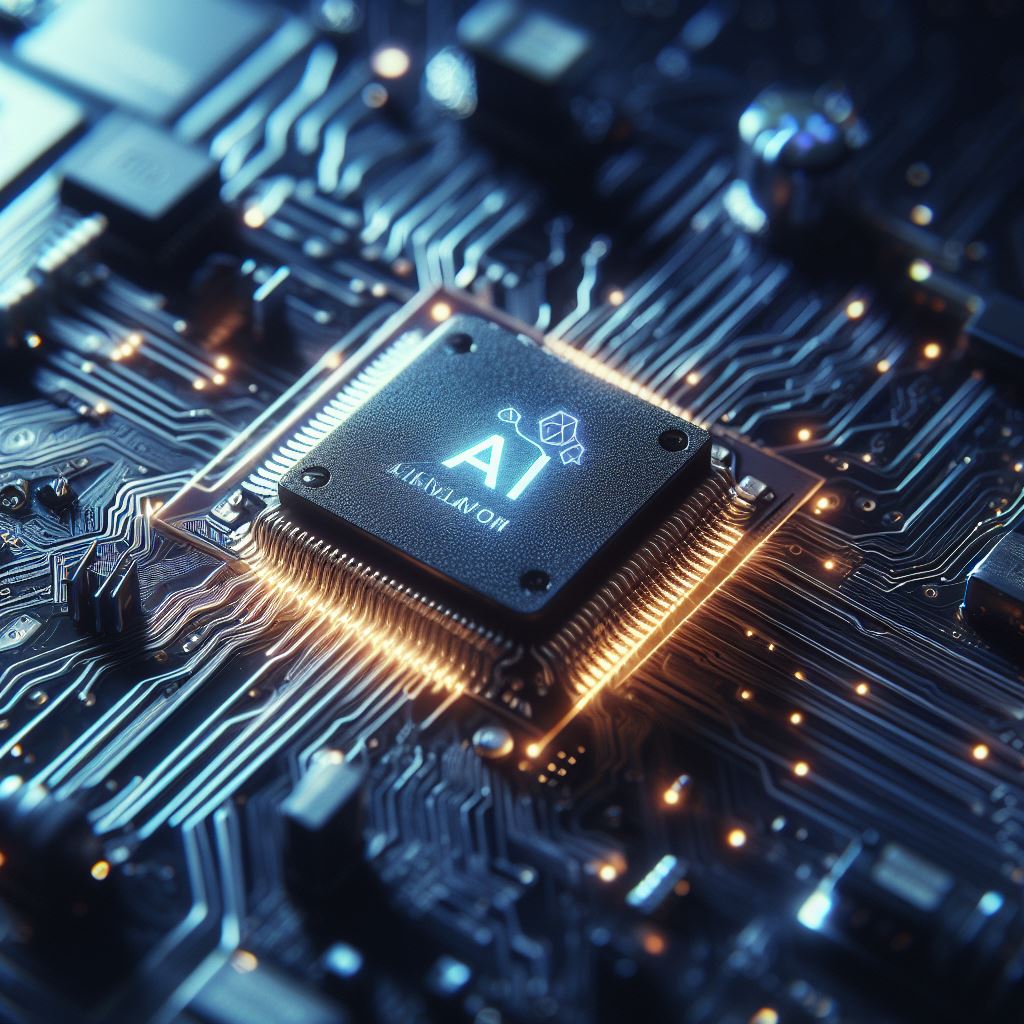OpenAI’s Ambitious Move: Developing Its Own AI Chips
In a world where artificial intelligence (AI) is becoming increasingly integral to our daily lives, OpenAI, one of the leading AI startups, is contemplating a bold move that could reshape the industry. OpenAI is said to be considering the development of its own AI chips, a strategic decision born out of necessity and ambition.
The AI Chip Dilemma
Discussions regarding OpenAI’s foray into the world of AI chips have been ongoing since at least the previous year. This move comes as a response to the growing shortage of chips required for training AI models. The shortage has sent shockwaves through the tech industry, impacting everything from consumer electronics to cloud computing.
OpenAI CEO, Sam Altman, has made it clear that acquiring more AI chips is a top priority for the company. As AI models like ChatGPT, GPT-4, and DALL-E 3 continue to advance, they demand ever-increasing computational power. This has traditionally been provided by Graphics Processing Units (GPUs), thanks to their ability to handle multiple computations in parallel. However, the booming demand for generative AI has put an unprecedented strain on the GPU supply chain.
The GPU Predicament
Currently, OpenAI, like most of its competitors, relies on GPU-based hardware for developing and training its models. These GPUs are indispensable for running and serving OpenAI’s models via the cloud, enabling customers to use their services. However, the high demand for GPUs has driven up their cost significantly.
According to an analysis by Bernstein analyst Stacy Rasgon, if ChatGPT queries were to reach a tenth of Google Search’s scale, it would require approximately $48.1 billion worth of GPUs initially, with an additional annual cost of about $16 billion for chips to keep the operation running. This financial burden is unsustainable in the long term.
OpenAI’s Pursuit of Custom AI Chips
Faced with this dilemma, OpenAI is exploring several strategies to secure a stable supply of AI chips. One option is to acquire an existing AI chip manufacturer, while another is to undertake the challenging task of designing its own chips in-house. Both options are ambitious and come with their own set of challenges.
Other Players in the Game
OpenAI is not alone in its pursuit of custom AI chips. Industry giants like Google, Amazon, and Microsoft have already ventured into this arena. Google has its Tensor Processing Unit (TPU) for training large generative AI systems. Amazon offers proprietary chips to its AWS customers for both training and inferencing. Microsoft is reportedly working with AMD to develop an in-house AI chip called Athena, which OpenAI is said to be testing.
Financial Backing
OpenAI’s strong financial position is a significant advantage. With over $11 billion in venture capital and approaching $1 billion in annual revenue, the company has the financial muscle to invest heavily in research and development. Moreover, OpenAI is reportedly considering a share sale that could catapult its secondary-market valuation to a staggering $90 billion, as reported by The Wall Street Journal.
The Unforgiving Business of Hardware
However, the business of hardware, especially AI chips, is unforgiving. Past experiences of AI chipmakers like Graphcore, Habana Labs, and even Meta have shown that the road to success in this arena is fraught with challenges. These companies have faced setbacks, job cuts, and financial losses, highlighting the immense risks associated with developing custom AI chips.
Even if OpenAI decides to pursue this endeavor, it could take several years and cost hundreds of millions of dollars annually. The question remains whether the startup’s investors, including Microsoft, have the appetite for such a high-stakes gamble.
In conclusion, OpenAI’s contemplation of developing its own AI chips reflects the rapidly evolving landscape of AI technology. The shortage of chips has forced industry leaders to explore new avenues to secure their supply. While OpenAI’s ambitious move is fraught with risks, its financial backing and determination could potentially reshape the AI chip industry, impacting the future of AI technology as a whole.
FAQs
1. What are AI chips, and why are they important for AI development? AI chips are specialized hardware designed to accelerate AI computations. They are crucial for training and running advanced AI models efficiently.
2. Why is there a shortage of AI chips in the market? The demand for AI chips has surged due to the growth of generative AI models, causing a shortage in supply.
3. How does OpenAI’s financial position contribute to its ability to develop custom AI chips? OpenAI’s substantial funding and revenue make it well-positioned to invest in research and development for custom AI chips.
4. What are the challenges associated with developing custom AI chips? Developing custom AI chips is a complex and expensive endeavor, with risks such as high costs, technical challenges, and market competition.
5. How might OpenAI’s pursuit of custom AI chips impact the AI industry? OpenAI’s venture into custom AI chips could potentially reshape the industry by influencing the future of AI technology and its accessibility.
References:
https://alitech.io/blog/chatgpt-evolves-from-text-to-voice-and-images/












